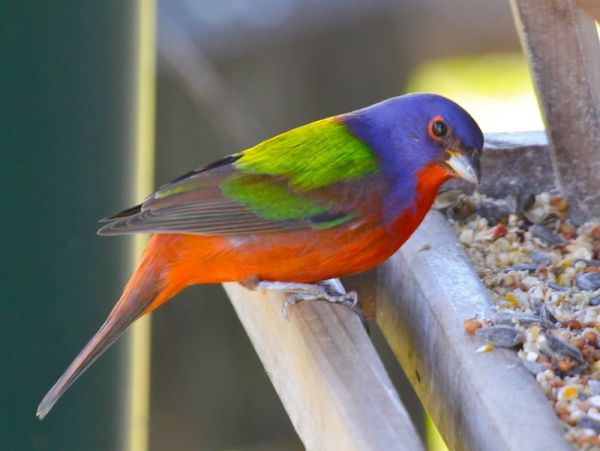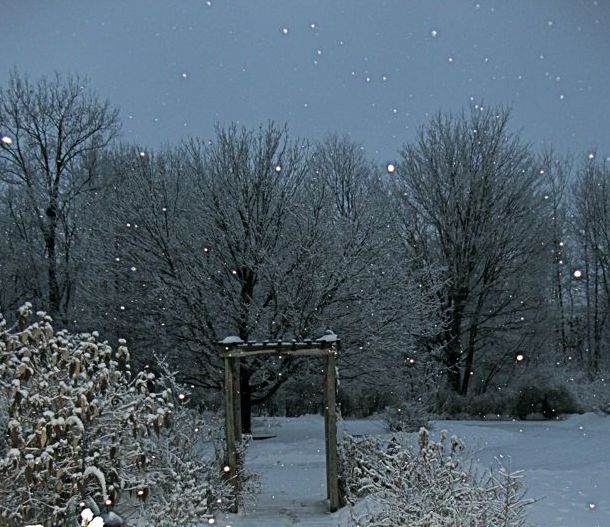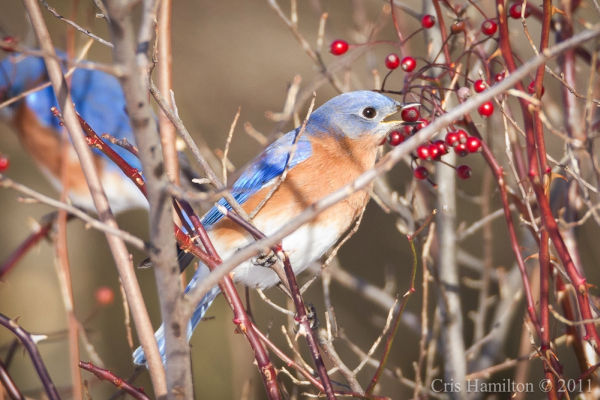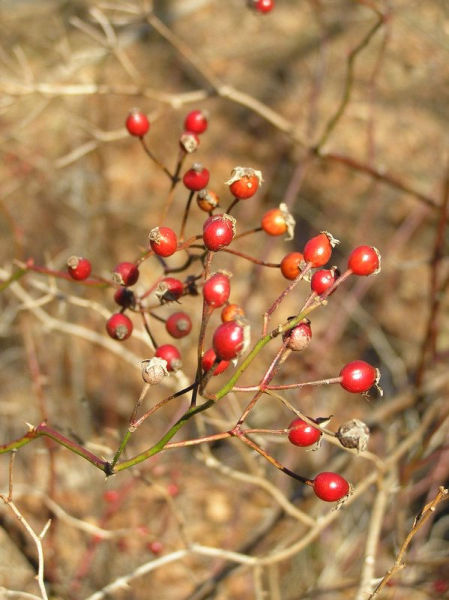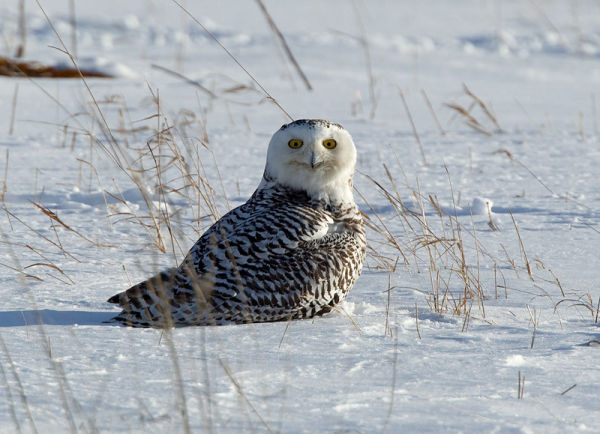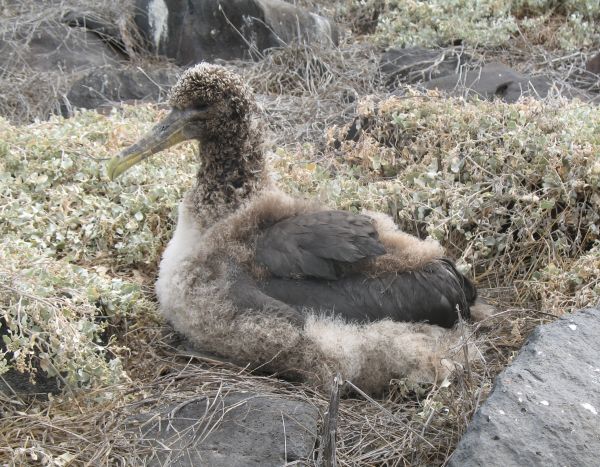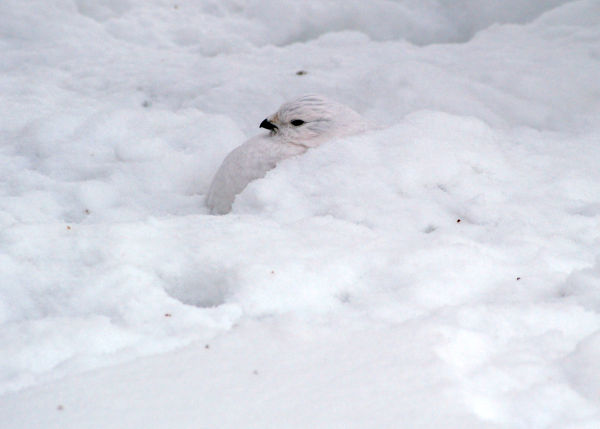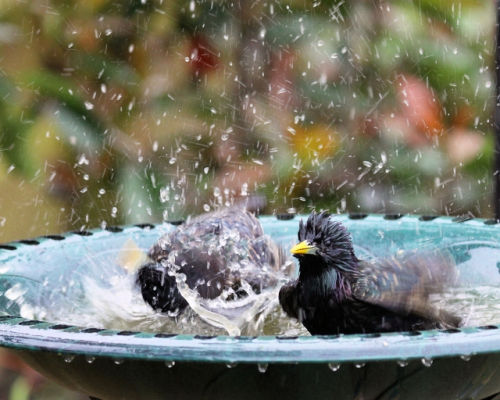About the size of a red-tailed hawk, gyrfalcons are the largest falcon on earth.
They live in the Arctic around the globe in Scandinavia, Iceland, Greenland, northern Canada, Alaska and Siberia. Even in darkest winter adult gyrfalcons stay up north, though individual juveniles may winter as far south as the Chesapeake.
Gyrfalcons eat many things but ptarmigan are their favorite prey. Studies have shown that their breeding success is tied to the abundance of ptarmigan in their home territory and that their population fluctuates in synch with the ptarmigan’s 10-year population cycle.
How closely are gyrfalcons tied to ptarmigan? This dramatic video shows a gyrfalcon hunting for ptarmigan, something it’s especially skilled to do. (Don’t watch if you don’t like to see birds hunting birds. The gyr catches a ptarmigan.)
Now the Arctic’s climate is changing. The ice is melting. Ptarmigan peak populations do not rebound as high as before and gyrfalcon breeding success has declined.
What will happen to gyrfalcons and ptarmigan as the arctic warms?
That’s the subject of a three-day conference this week in Boise, Idaho entitled Gyrfalcons and Ptarmigan in a Changing World.
Convened by The Peregrine Fund, Boise State University and the US Geological Survey, the conference will explore the future of an arctic keystone species — the ptarmigan — and an indicator species — the gyrfalcon. When the conference ends, the Peregrine Fund and their partners will develop a strategy for monitoring the gyrfalcon and, if need be, acting to save it.
I hope that saving it won’t be necessary.
Click here for information on the papers to be presented at the conference. Click here to read about The Peregrine Fund and view the excellent video on their home page.
p.s. “Gyr” is pronounced “jerr.”
(video from YouTube)
